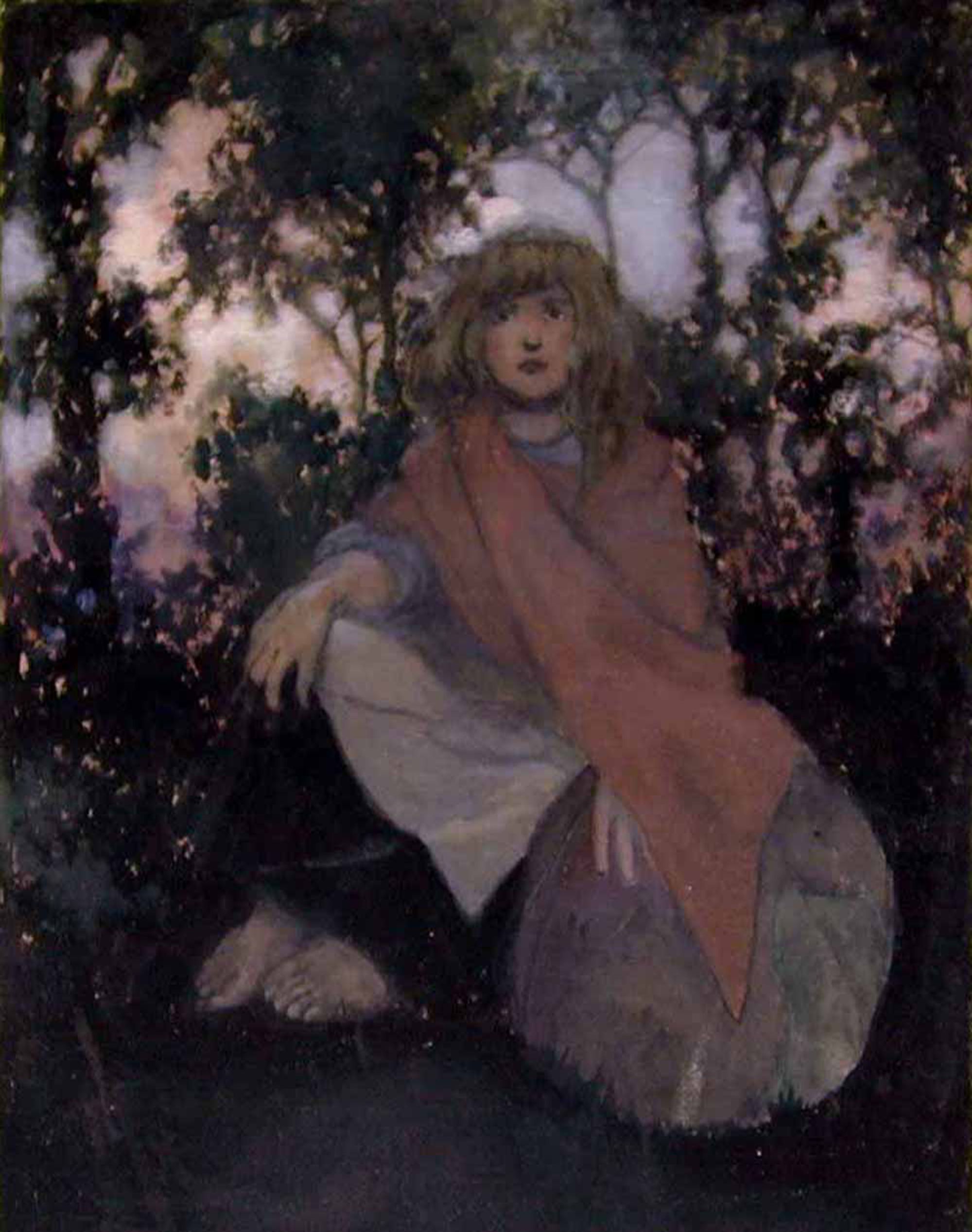
As the exhibition of William Heath Robinson’s work at the Willis Museum draws to a close, we take a final look at perhaps the most unknown body work by Robinson - his watercolours. Many of us are familiar with his amusing drawings, but few realise just how talented and experimental Robinson was, working from both his imagination and using live models for his subject matter. Our visitors have remarked how revelatory this has been on their visits to the gallery.

Throughout his adult life, Heath Robinson would spend much of his limited spare time either drawing or painting in watercolours. He indulged his love of landscape or seascape painting, or pursued his experiments into light, colour, movement and abstraction.
His children remembered him on holiday at the seaside, dressed in suit, collar and tie, setting up his easel on the beach or in a country lane to paint the scene before him.


When painting for pleasure, he was able to adopt a much freer style, executing sensitive, impressionistic watercolour sketches. The combination of his paint handling and his distinctive vision meant that, although these pictures are mostly different from his commercial work, they are immediately recognisable as his. The most distinctive of them are those such as The Bather, in which moulding and graduated transitions from light to shade are avoided in favour of adjacent areas of homogeneous tone that indicate both form and movement.


A similar treatment can be seen in several other watercolour sketches, some of which were probably studies for an unpublished edition of Shakespeare’s works. It is not clear what inspired these experiments, but they bear some relation to the work of artists such as George Sheringham and Reginald Higgins, who were both members of the Decorative Art Group. According to a note in The Studio in 1921, this group, by practically banishing what they referred to as, ‘that third dimension, the illusion of which is created by the use of shadows’ sought to recognise ‘the supreme importance of colour and line in decoration’. At their best, these paintings transcend the purely decorative, conveying a sense of movement and freedom through their instinctive balancing of line and tone. However, sadly Heath Robinson seems never to have had the opportunity fully to explore the potential of the style and, in his later years, reverted to a more conventional way of working.

Our thanks to The Heath Robinson Museum for use of all images reproduced and to curator Geoffrey Beare for his work on the exhibition with us. The Art of W. Heath Robinson closes on Sunday 30 January 2022 at the Willis Museum in Basingstoke. For more information on Heath Robinson please visit, www.heathrobinsonmuseum.org



